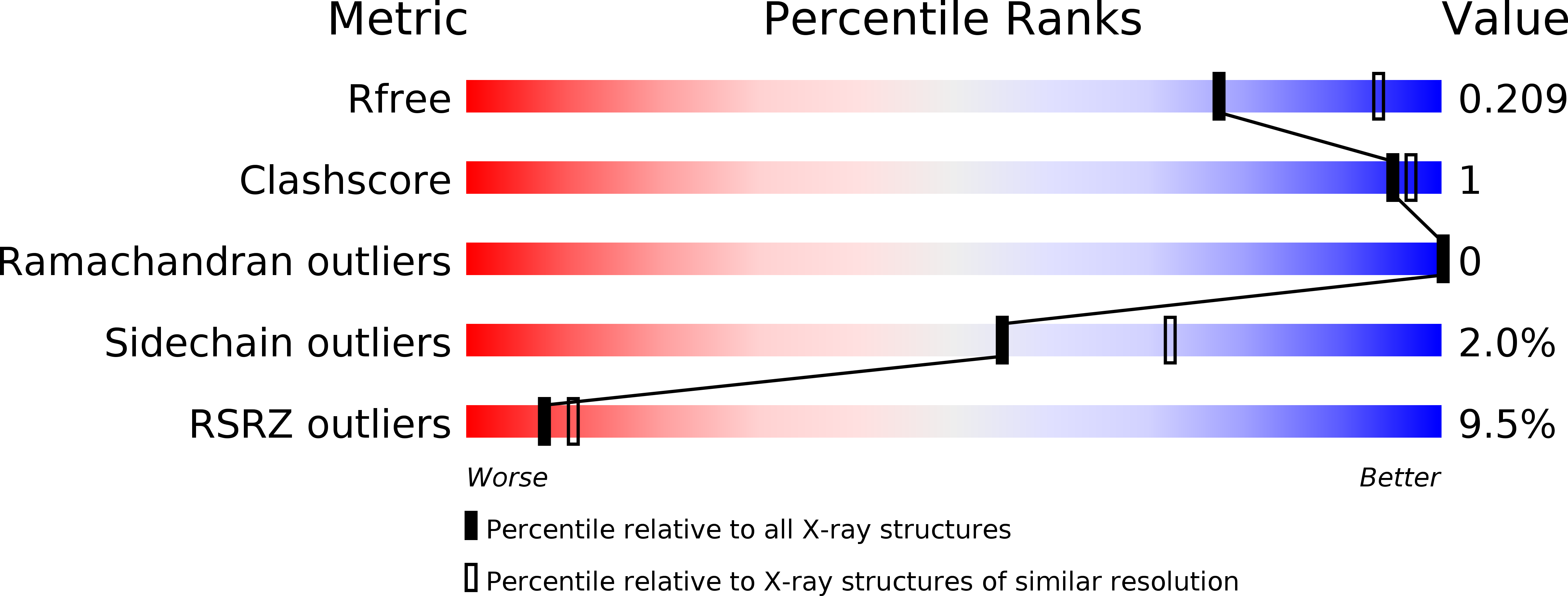
Deposition Date
2015-12-11
Release Date
2017-01-18
Last Version Date
2025-04-09
Entry Detail
PDB ID:
5FQL
Keywords:
Title:
Insights into Hunter syndrome from the structure of iduronate-2- sulfatase
Biological Source:
Source Organism:
HOMO SAPIENS (Taxon ID: 9606)
Host Organism:
Method Details:
Experimental Method:
Resolution:
2.30 Å
R-Value Free:
0.20
R-Value Work:
0.18
R-Value Observed:
0.18
Space Group:
P 31 1 2


